It had already been a massively successful double album, a conceptual piece that managed to spin out several iconic individual songs. Then, it became the basis for a memorable, limited-run tour that combined the searing music with stunning visuals.
Videos by American Songwriter
In 1982, it headed out to the local multiplex. Pink Floyd – The Wall was an attempt to build a movie out of the story line and themes introduced by the 1979 album. As was the case with just about every aspect of the Pink Floyd operation around that time, it came laden with conflict and controversy.
The Idea
Roger Waters, the man who crafted The Wall based on the growing alienation he felt toward his audiences, always envisioned it as a movie. His original idea, however, didn’t quite come to fruition. He believed the film should combine footage taken from the band’s stage performances of the record, combined with puppetry from longtime Floyd collaborator Gerald Scarfe.
But a couple of problems arose. For one, the footage of the concerts shot for the film just didn’t come together technically the way anyone had hoped. On top of that, hardly anybody but Waters and Scarfe could understand how their idea would go down in front of movie audiences.
That’s why The Wall turned into a somewhat more conventional film, albeit one with hardly any dialogue, the story being pushed along by the music. Scarfe’s contribution would be the animated sequences that would pop up periodically throughout the movie. Alan Parker, who knew a thing of two about helming music-based movies after his work on the 1980 hit Fame, was tabbed to direct.
Cracks in the Construction
The initial idea had been for Waters to star as the protagonist, Pink. But screen tests displayed he wasn’t comfortable as an actor. Ironically, it was another non-actor who got the job: Bob Geldof, then known as the lead singer of The Boomtown Rats. Geldof wasn’t a huge fan of The Wall as music, but he liked the idea of working with Parker, and he wanted the paycheck.
When it came time to do the actual filming, Waters agreed to stay away from the set to prevent confrontations with Parker, instead focusing on the soundtrack that included some new songs and a bit of fussing with a few of the established ones. Still, the filming proved somewhat dramatic, especially for Geldof, who cut his hand open filming one scene and nearly drowned in a pool of fake blood in another.
The real battles came when Parker returned to the editing suite with hours upon hours of film and was met there by Waters, who was determined that his artistic baby be properly treated on screen. With Scarfe in the mix as well, the three men argued endlessly about what should stay and what should go.
Outside The Wall
After premiering amidst the heady theatrical company at the Cannes Film Festival, Pink Floyd – The Wall made its official debut in July 1982. It ended up a mild commercial success, and the majority of the critics reviewing the film were pleased with it.
Watching it today, it deserves credit for bringing some unforgettable visuals to the fore, including the seamless incorporation of the animation. But the movie is a pretty bleak watch, much more so somehow than listening to the record. Waters would give a somewhat disdainful opinion of the film years down the road, complaining it failed in its main objective: to make the audience care about Pink’s plight.
One other final note about Pink Floyd – The Wall: The band intended to release an album entitled Spare Bricks, which would include some of the new music recorded for and inspired by the film. This project eventually morphed into The Final Cut, the 1983 album that would be the last one they would make with Roger Waters.
Photo by Warner Bros. Pictures

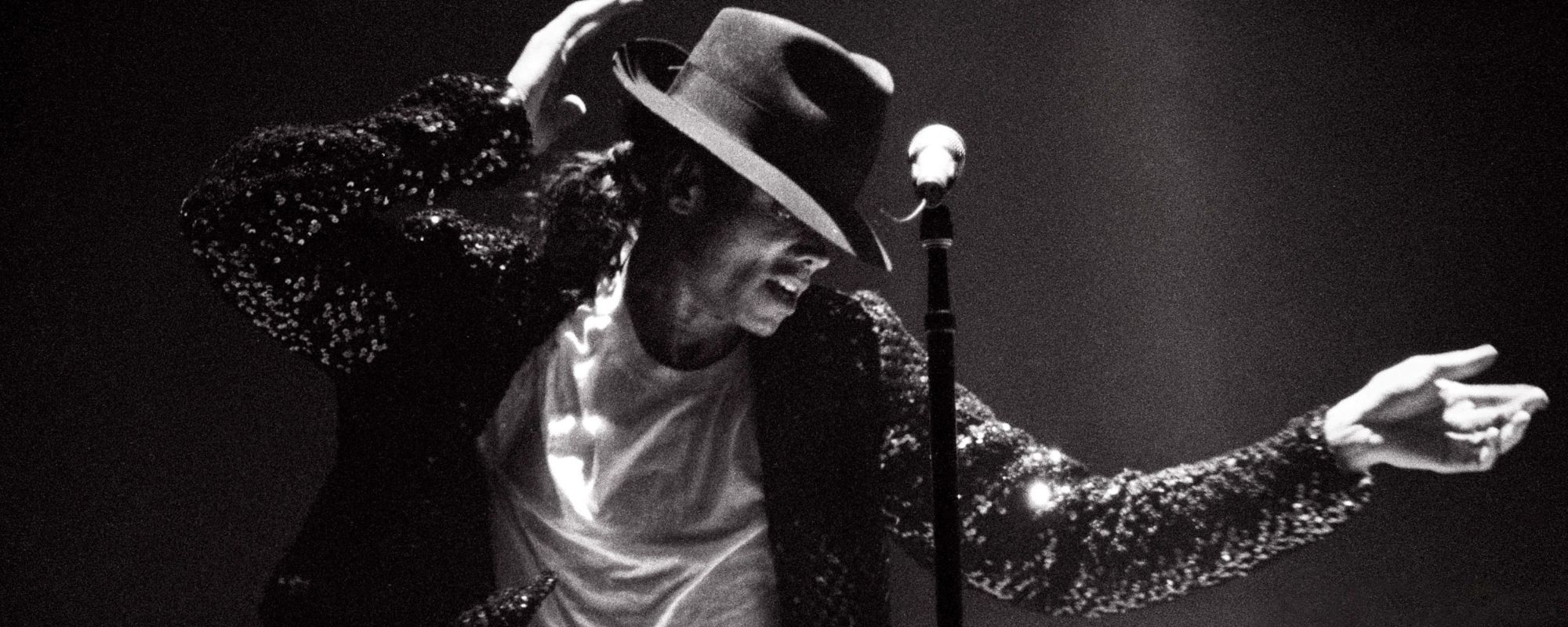
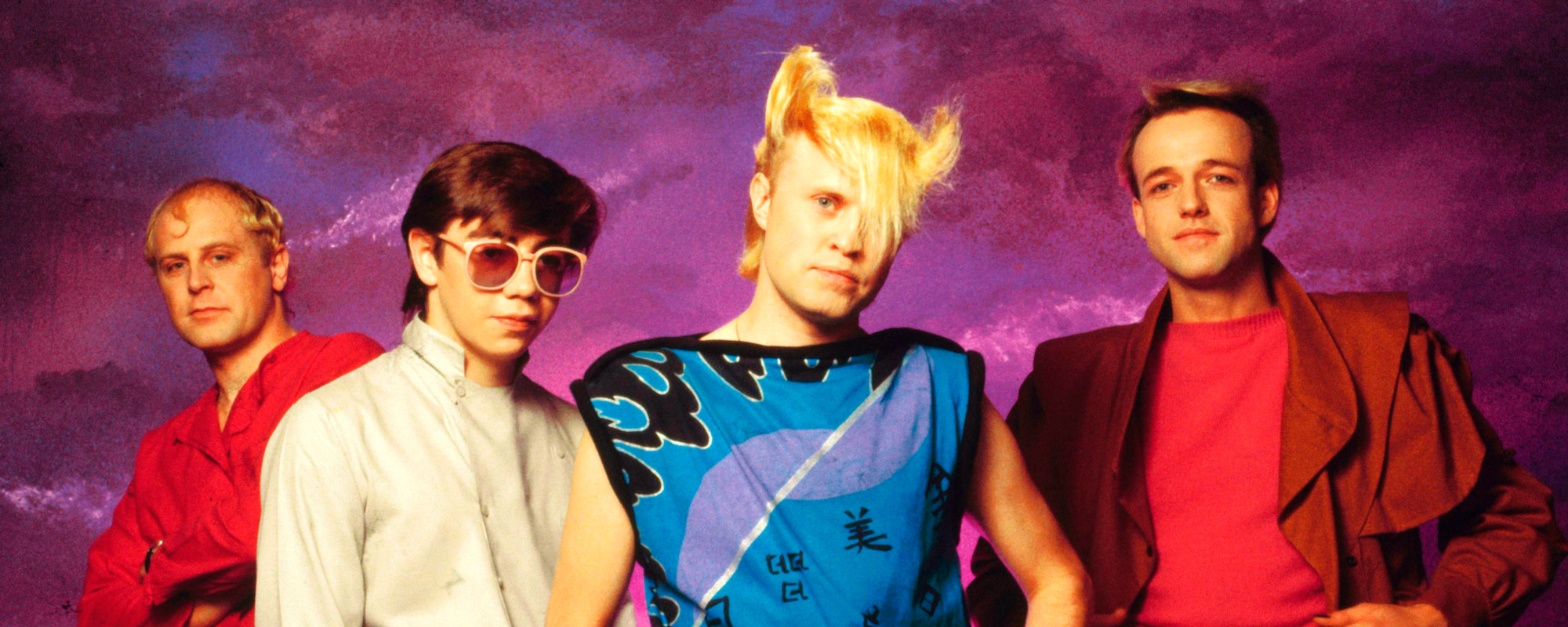

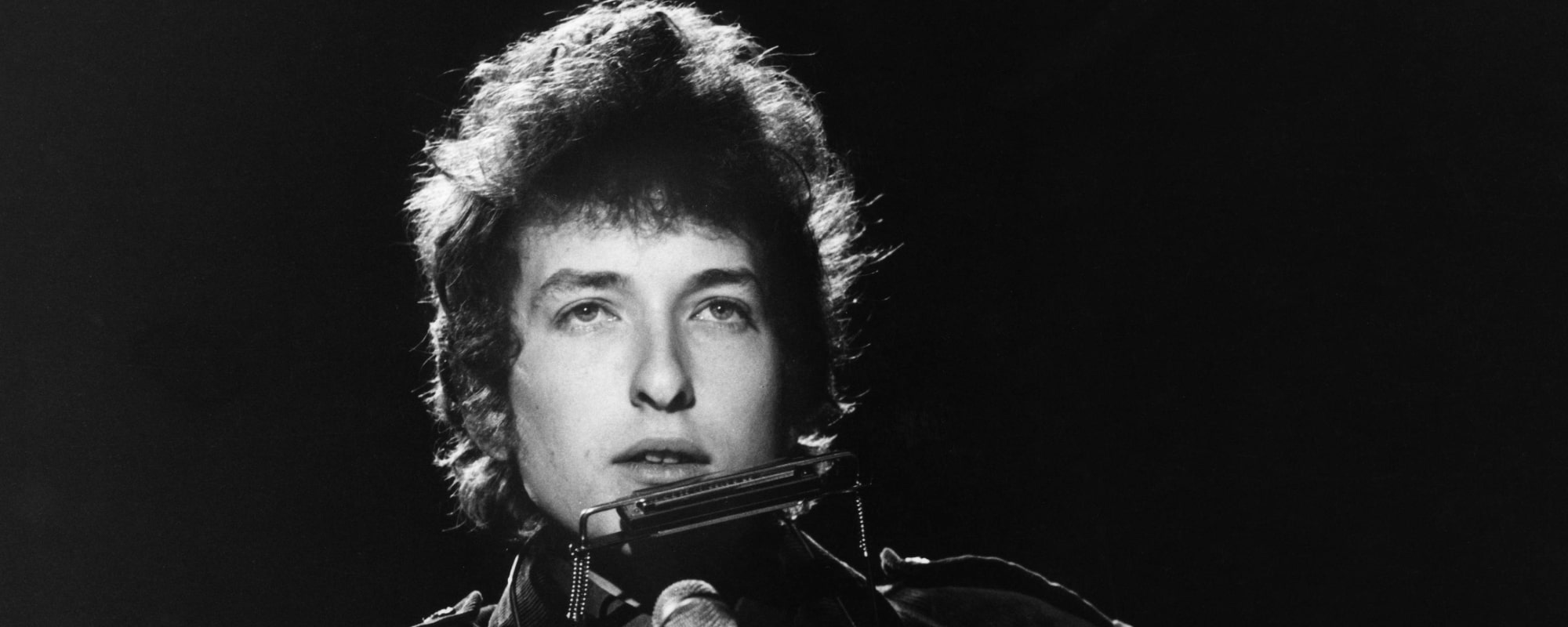
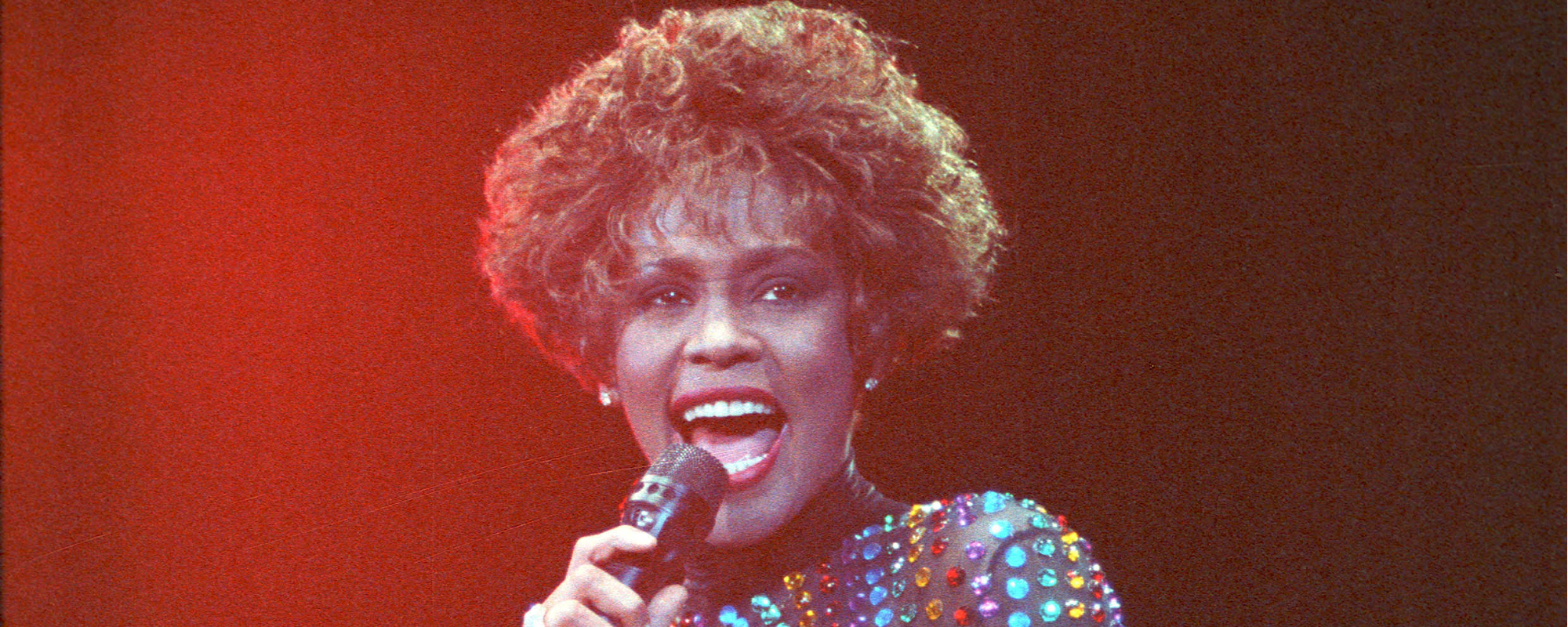

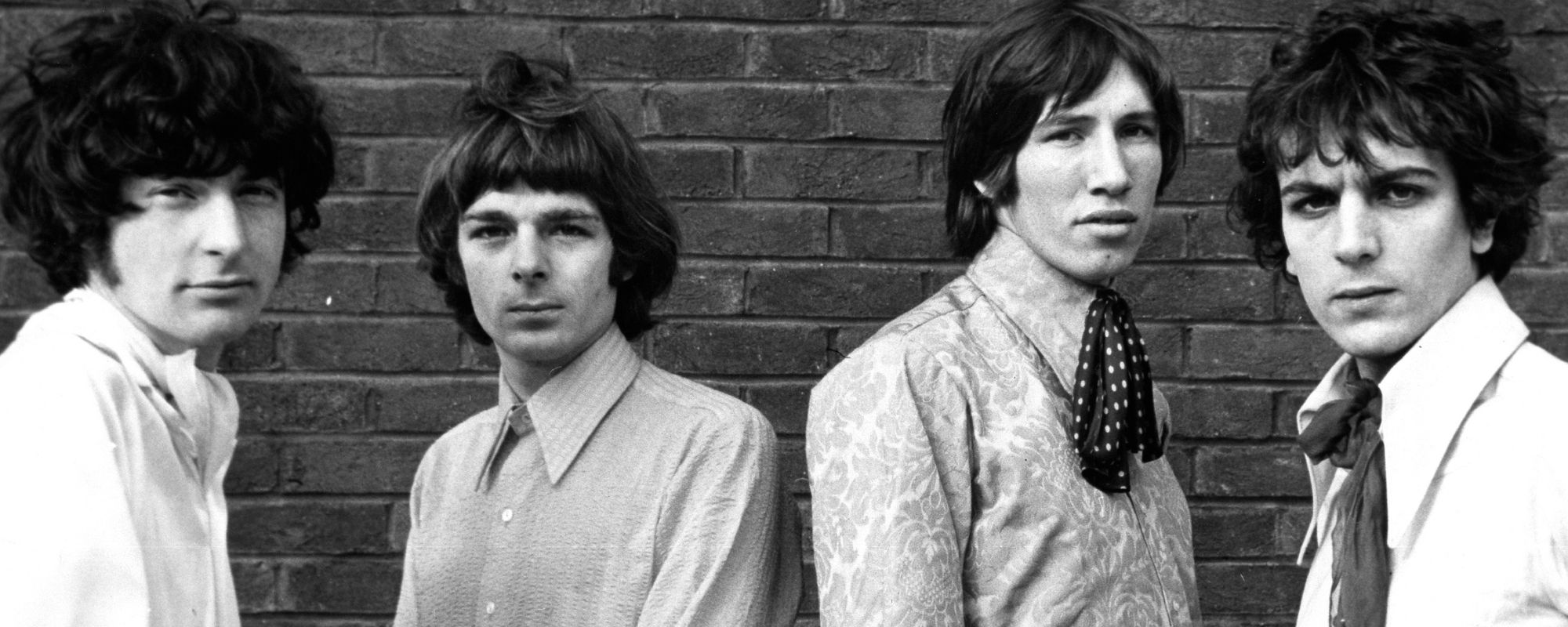

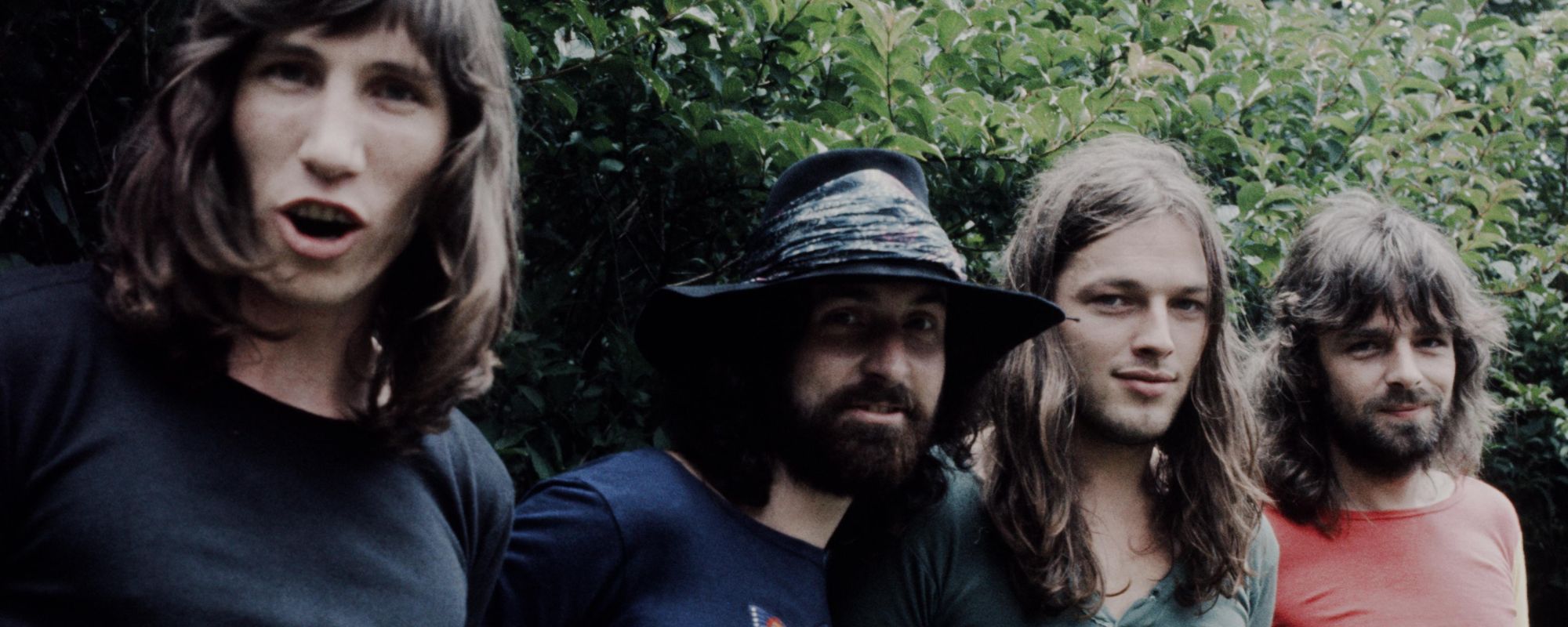
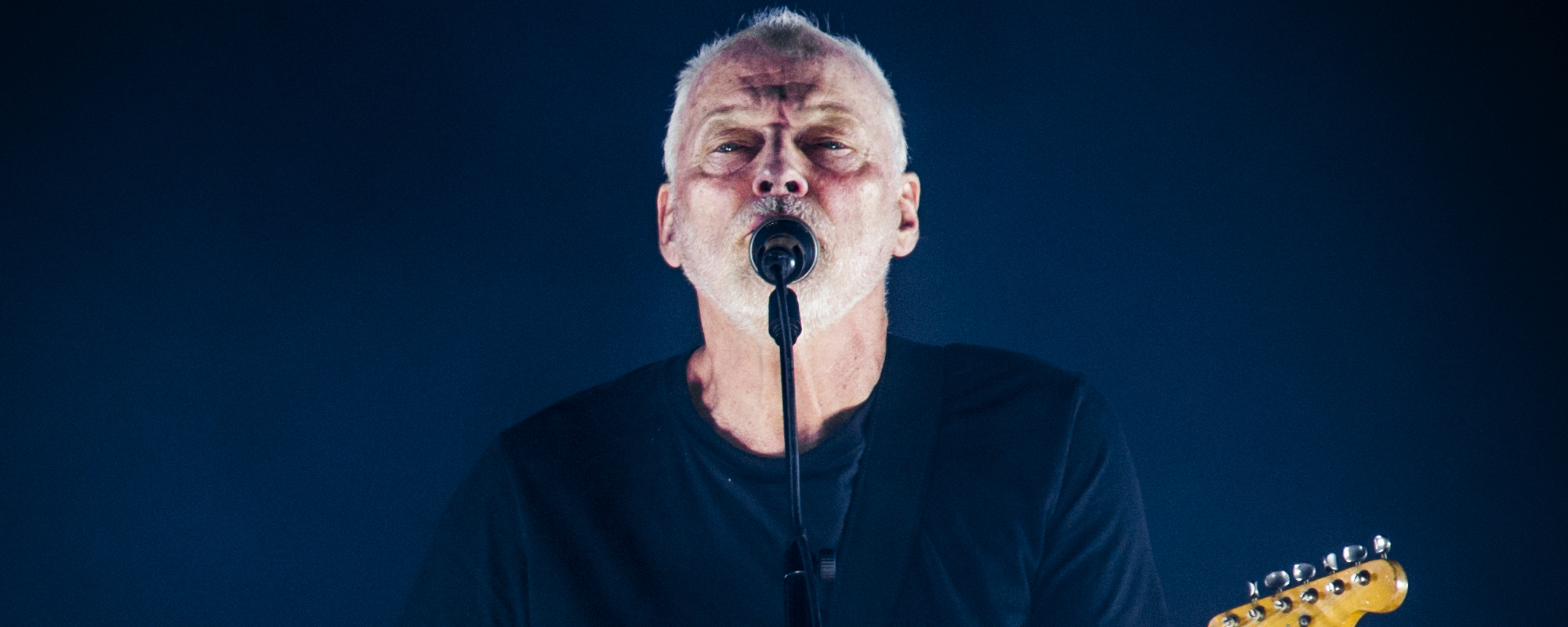
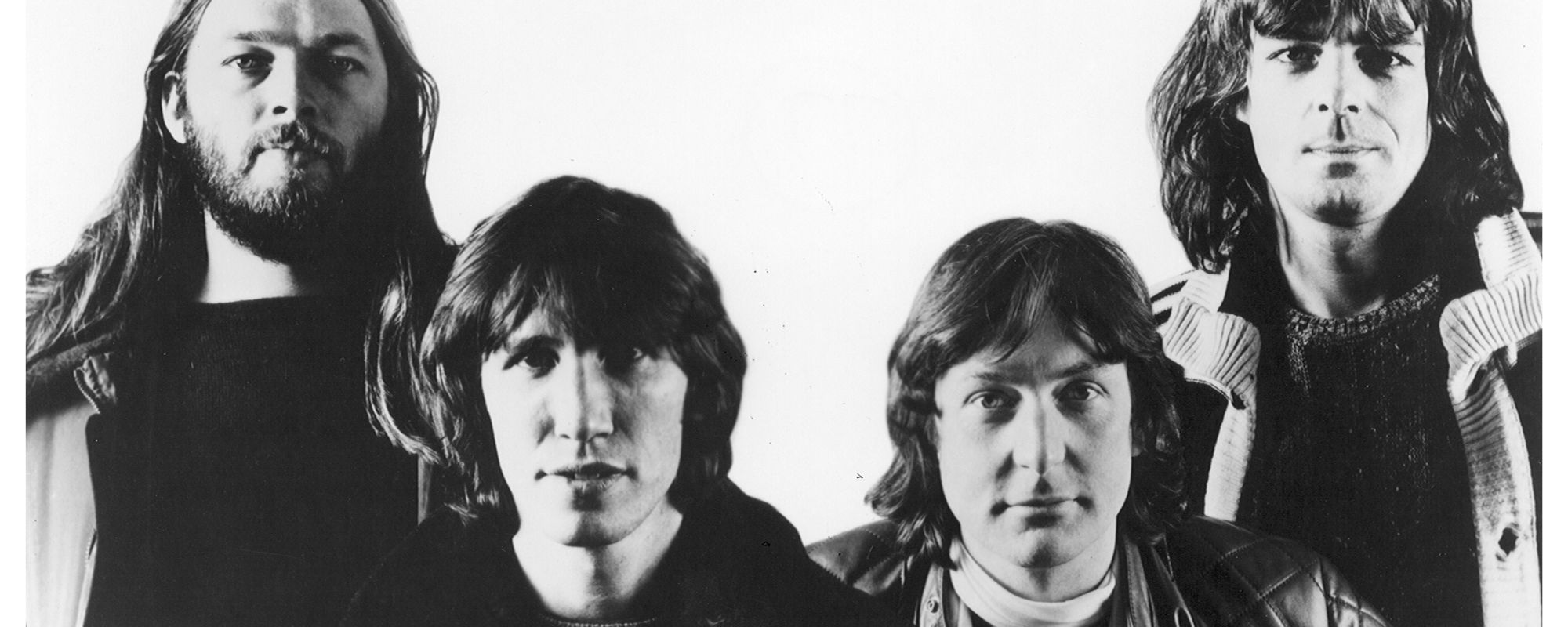
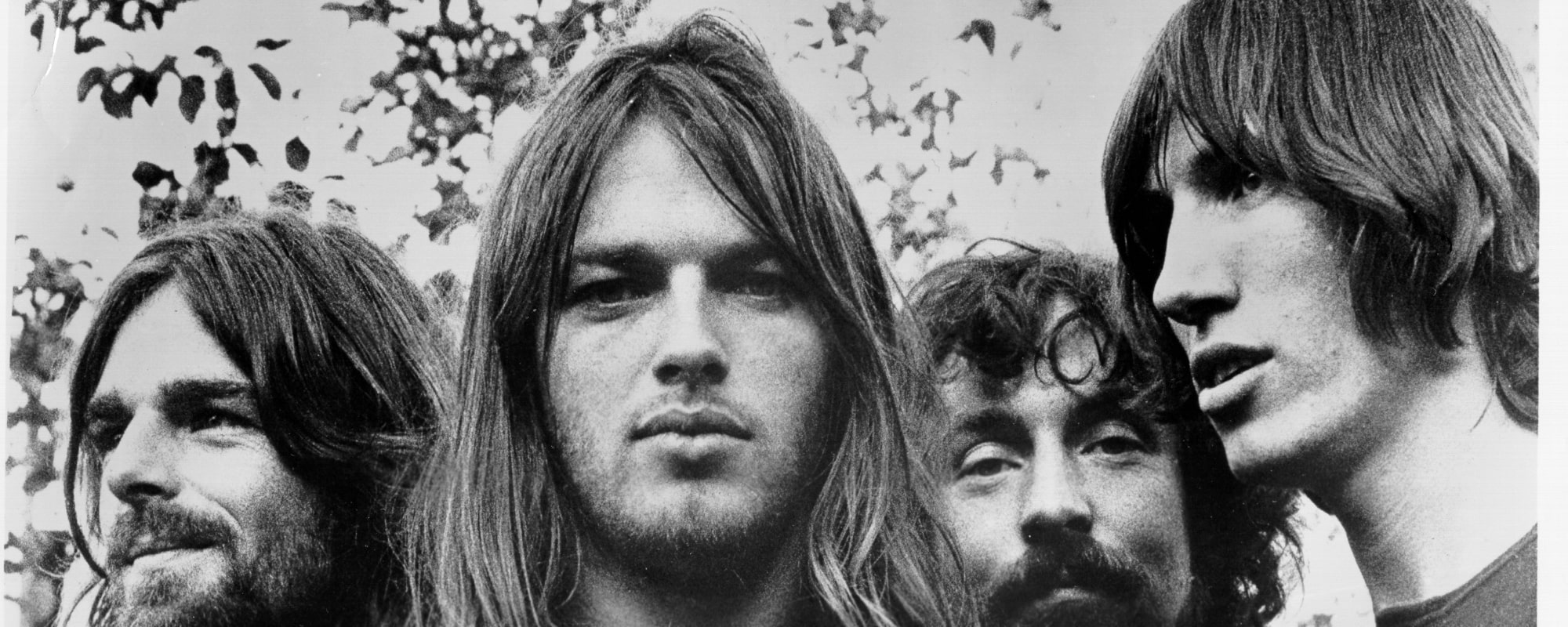
Leave a Reply
Only members can comment. Become a member. Already a member? Log in.